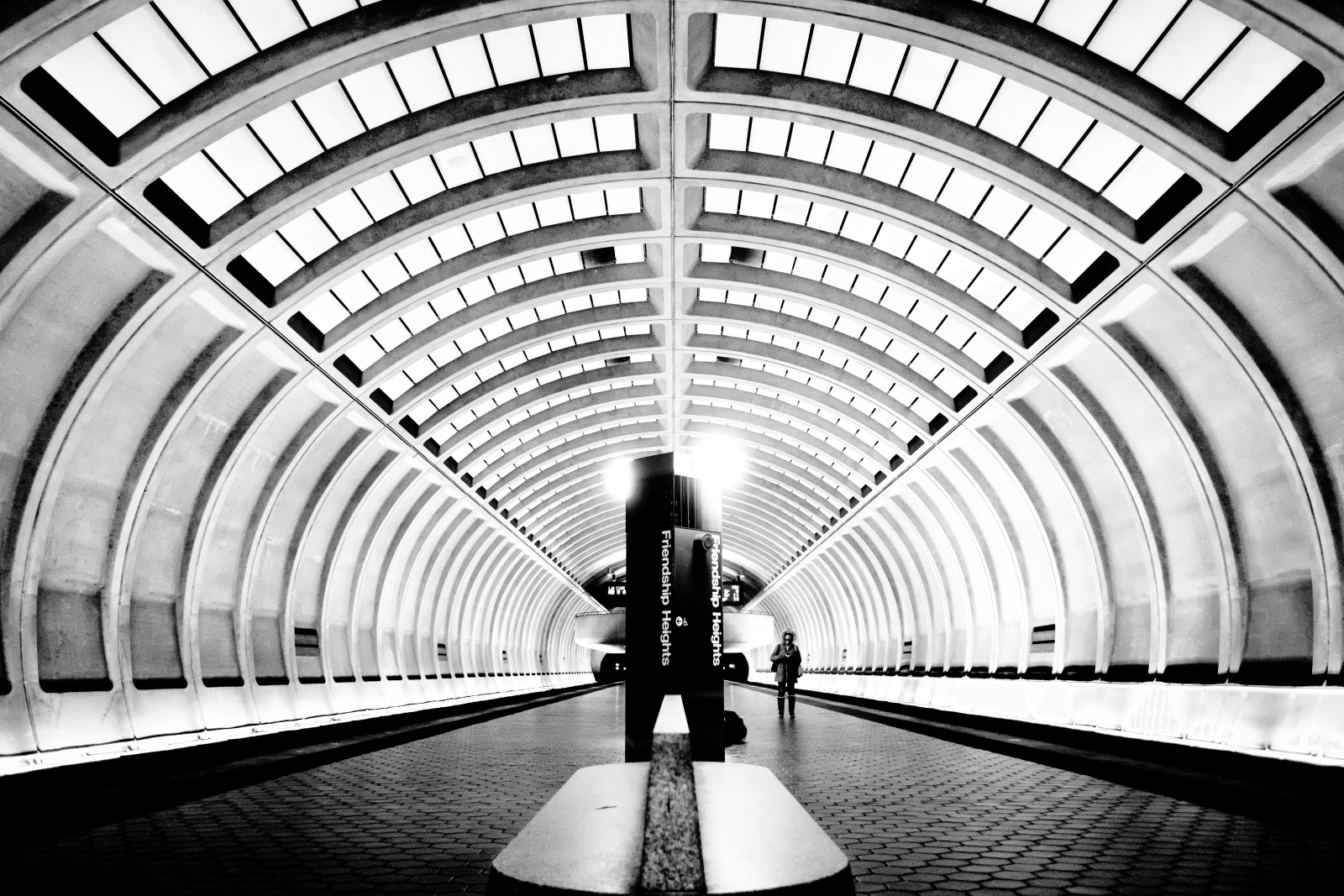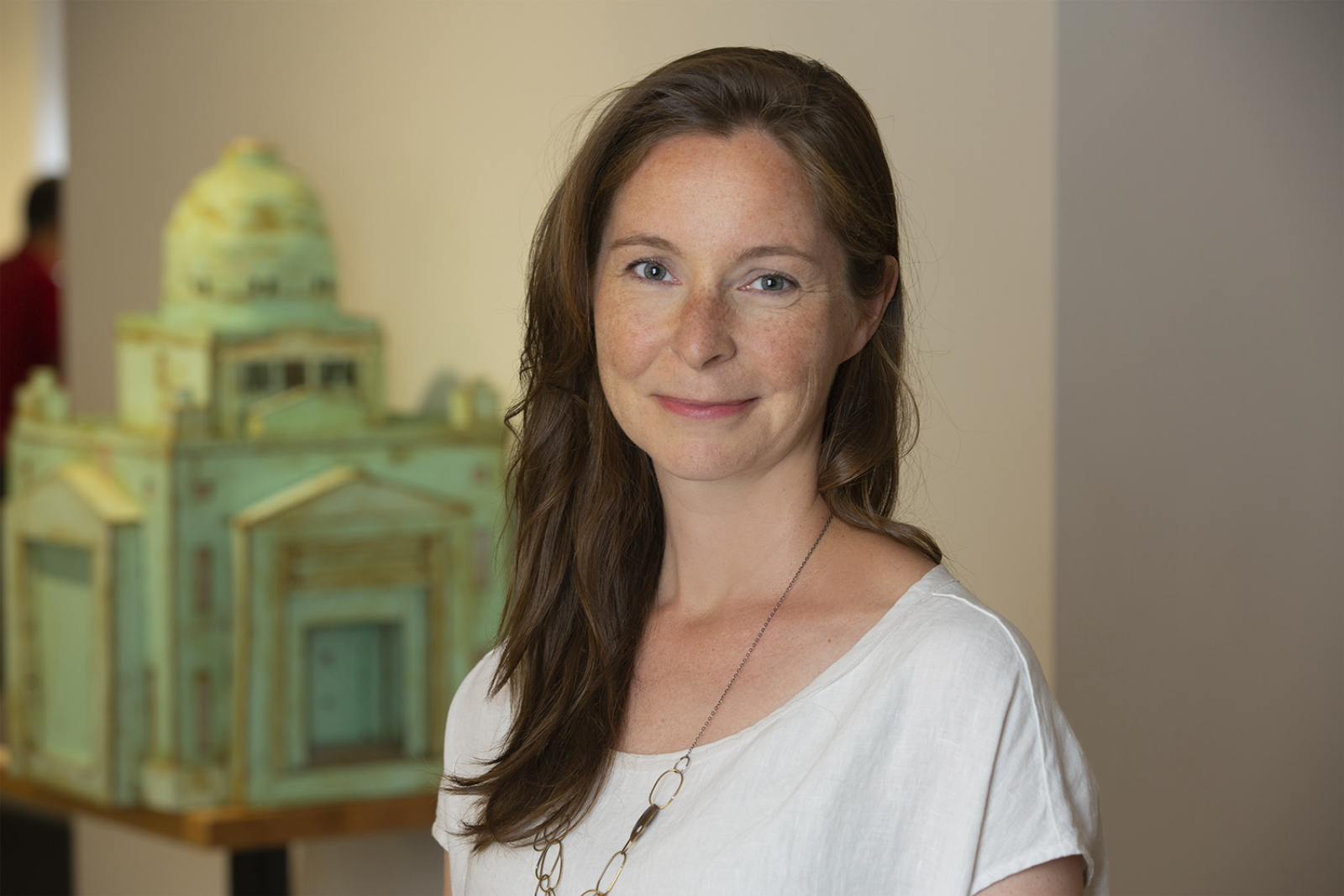Day Two Morning Sessions
Crossroads of Air and Land
Session 1
TWA Hotel: Transforming Saarinen’s TWA Flight Center
Session 2
Modernism and Mass Transit: A Bicoastal Review (Double session - BART + METRO)
TWA Hotel: Transforming Saarinen’s TWA Flight Center
Eero Saarinen’s TWA Flight Center is one of the most significant examples of Mid-century modern architecture. Completed in 1962, the Flight Center is literally and metaphorically a crossroads; expressing the idealism, cultural connectivity and technological advancements of the 1960s and embodying design innovations that contributed to the development of air terminal planning worldwide. Conceived immediately before the advent of the jet age, the Flight Center was designed for smaller aircraft and effectively obsolete within a decade of its completion. Undergoing numerous modifications in response to the rapidly changing aviation industry, the uniqueness and inflexibility of Saarinen’s structure did not lend itself to adaptation. Vacant for two decades and threatened with demolition, the TWA Flight Center has been restored and adapted for use as an airport hotel. The 20-year revitalization process reflects changing attitudes to Mid-century modern architecture and the sustainable regeneration of obsolete mid-century transportation buildings.



